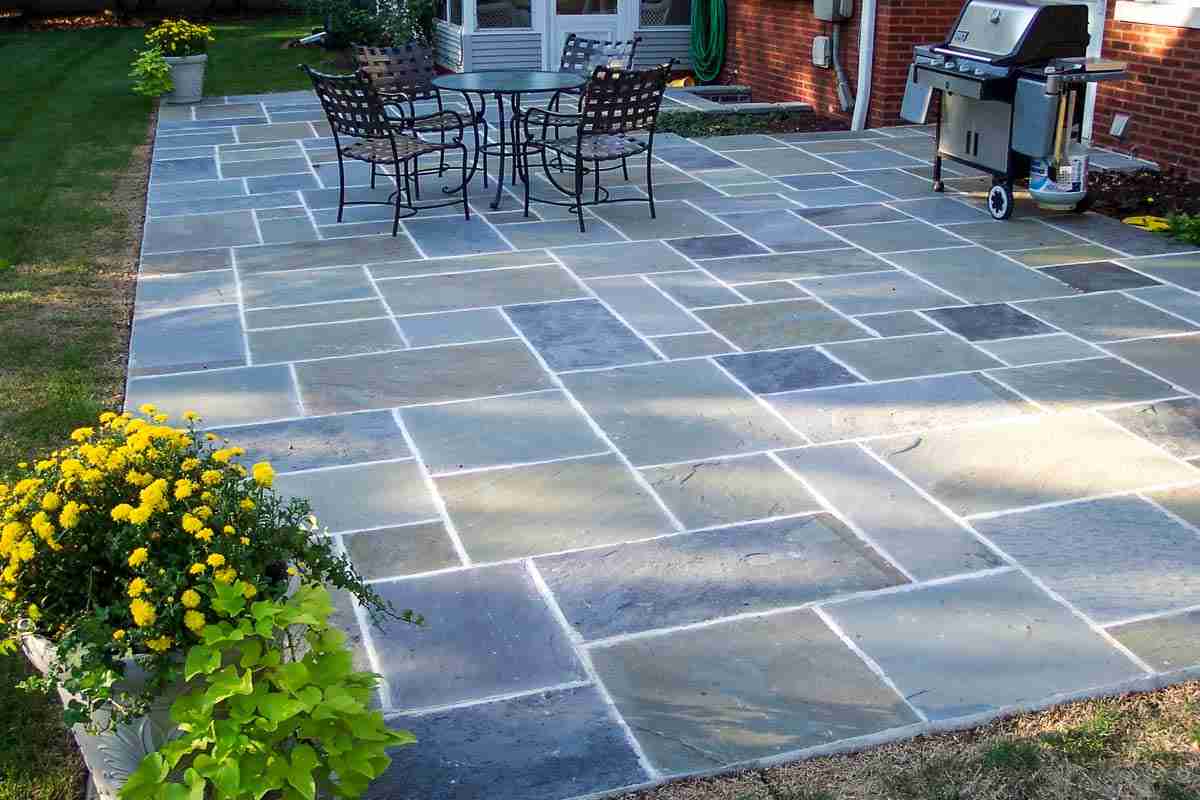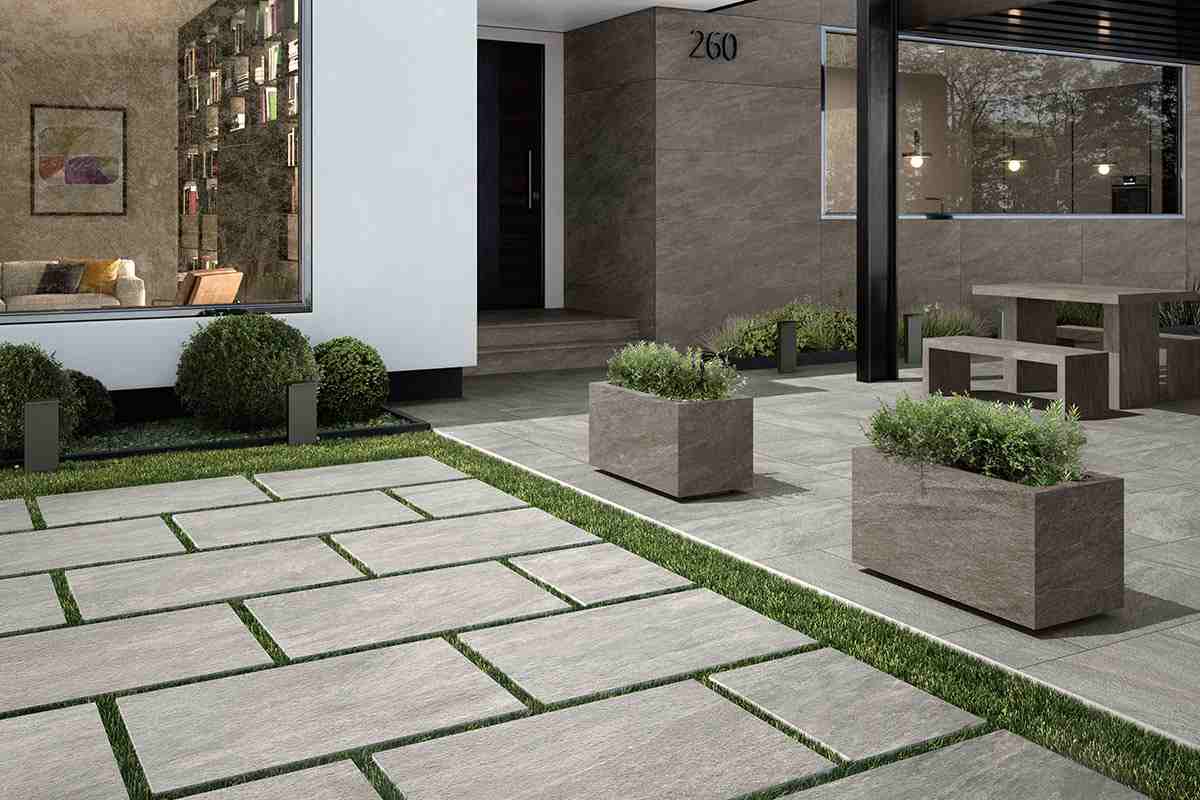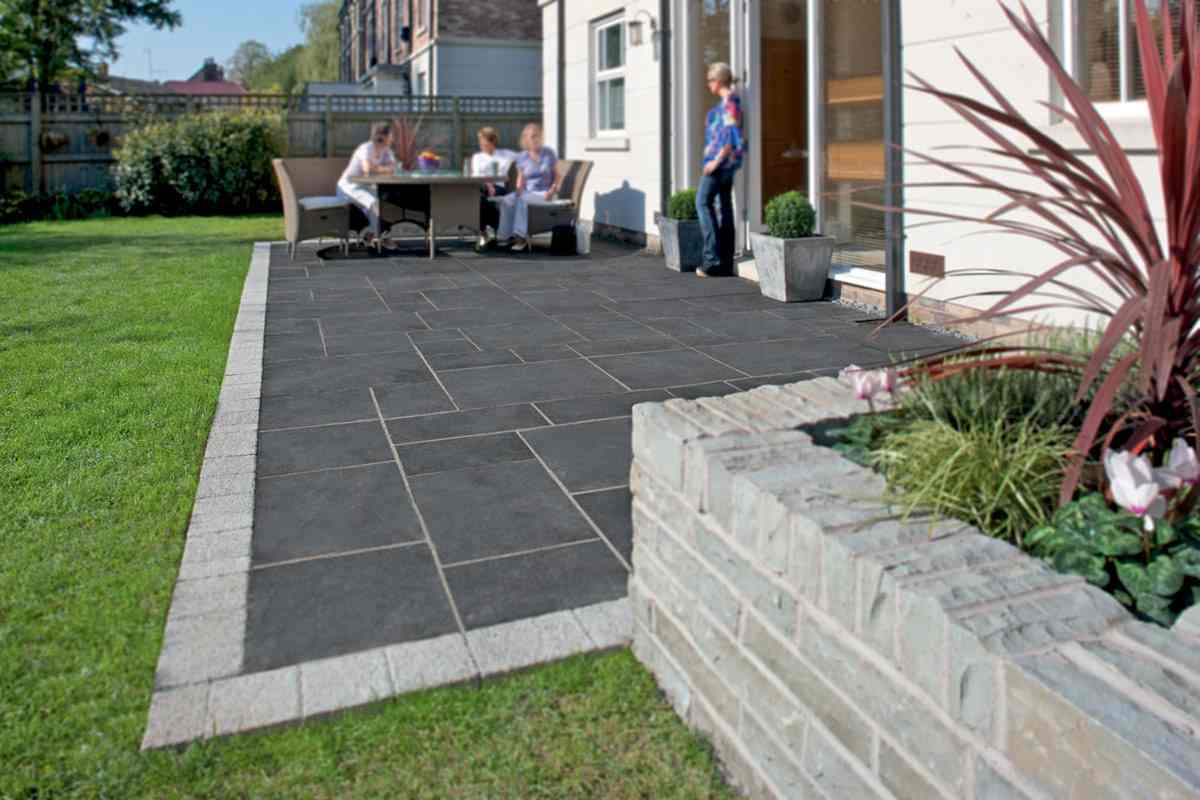how outdoor porcelain tiles installation can be done DIY
Learn how the installation of outdoor porcelain tiles DIY is done, for a less expensive home improvement project if your yard might use a facelift
Whether your area is huge or little, a new patio can radically alter its appearance and transform it into a beautiful spot for entertaining and to be relaxing
People usually pick outdoor porcelain tile over patio pavers for a slightly more polished and elegant appearance
There are numerous options for patios, and we carefully evaluated each one

We chose porcelain because it is created by humans and is accessible in a vast array of colors and designs
They require less upkeep than natural stone alternatives since they are impermeable
They are as easy to clean as indoor tiles and will not turn green and dingy like other options
The final thing we appreciate about them is that they have a contemporary appearance without being excessively so
Plan a weekend for the installation of porcelain tiles in your outside space
Difficulty ranges from moderate to difficult, but don’t let that prevent you! You can do it without a doubt; all you need is the proper equipment and some careful planning
While outdoor tile is typically more expensive than pavers, installing it yourself is less expensive than hiring a professional
A few days, including the tile’s minimum installation time of 24 hours
The difficulty of installing outdoor tiles lies in the necessity to frequently trim certain of them
Ensure you adhere to the idea of “measure twice, cut once” by laying out your tiles in the area to find the optimal arrangement that will prevent unnecessary cuts
If you must cut them, you will need a circular saw for most other slabs and a diamond-tipped cutting wheel for porcelain tiles
In addition to safety equipment (gloves, earplugs, and eye protection), you must wear form-fitting clothing to avoid becoming entangled in the machinery
Mark your specific area using wooden pegs and twine, ensuring the corners are square with a builder’s square, or by nailing two planks of wood together to form a right angle
After laying the tiles, you must excavate some soil to level your patio with the house and/or yard
10 centimeters for the hardcore and 1
5 centimeters for the mortar bed, plus an amount proportional to the depth of your tiles, a total of 11
5 centimeters of soil (e
g
if your tiles are 2cm you would dig 13
5cm in total)
If you have removed too much soil, save the excess for the time being
Before testing, remove any large debris, rake the dirt smoothly, pound the earth with a sledgehammer or a piece of heavy wood, and level the soil

In addition to ensuring that your patio has a slight slope so that water flows away from your home, you must ensure that the hardscape you install in step three is of the right depth (10 cm is the industry recommendation)
If you want a comfortable slope, the industry suggests a “fall” (or slope) of 1 cm every 80 cm, which implies you should dig deeper by 1 cm for every 80 cm of distance
To assist with this, you must add a depth guide consisting of thread and pegs to help you lay the hardscape
To estimate the required depth (your chosen hardcore depth plus the adjustment for the runoff as described above), cut a number of wooden pegs from old wood and hammer them into the ground at various spots within the designated area
The top of the pegs will indicate how high your hardcore should be filled
Verify the levelness of parallel pegs with a level
Run a rope from the top of the patio to the bottom in a straight line with the tops of the pegs, measure the slope, and adjust the pegs as needed to achieve the desired slope
Distribute clean hardcore (which is available pre-bagged from builders’ shops) or crushed stone to form a sturdy subbase once all the pegs are in place
As a foundation, this is vital for regions that require strength, resistance, and load-bearing capacity
Pack it down with a sledgehammer or by placing a board on top and pounding on it to ensure it is flat
Ensure the base is level with a level
You may now begin tile installation
Choose the format for their placement and the spacing between them (1
5cm is a good guide)
Cut thin pieces of wood for use as tile separators
Using a mixture of sand and cement, layer your mortar on top of the hardcore at a thickness of around 1
5 centimeters, one row at a time (four parts sand to one part cement)
Install the tile after applying the mortar
Using a rubber mallet or a piece of wood, tap the tile so that it falls flat and follows the hard job’s descent
After completing the space, insert a spacer next to it and continue the process with the next tile

Because porcelain tiles are impermeable, a second procedure involving the application of a bonding slurry is required
Use the line of thread and your wooden pegs to ensure that the tiles are aligned with the slope so that precipitation may drain away
This can be purchased pre-mixed and is simply painted with a coarse brush over the back of the tiles prior to installation
If corrections are necessary, use the mallet or the trowel to reduce the amount of mortar that was poured
You may use a piece of wood as a straight edge to walk along the tiles and ensure that they are being set down straight as you progress
Allow the tiles to cure for at least 24 hours after installation; if it is raining or humid outside, give them additional time
Prior to their installation, avoid walking on the tiles
Once you have determined that the spacers are stable, you can remove them
After the tiles have been installed, grout the spaces between them with either a sand-and-cement mixture or a prefabricated, multicolored jointing solution
Sand and cement can stain porcelain tiles, so opt for jointing compounds if you must use them
Keep the height of the patio approximately two bricks below the damp-proof course if the patio will run alongside the house
If this is not possible, allow a 60-centimeter gap to prevent rain from spilling back against walls and causing moisture
This space can be filled with pea gravel, which is beautiful, reduces rain splashback, and aids with drainage
When a few days, the patio could be grouted after the mortar had dried
There are numerous options for patio grouting, but due to its rapidity
The product is given in powder form; thus, it must be mixed as indicated in a bucket

However, there are a few prerequisites before you can accomplish this
The mixture is fairly thin and watery; therefore, if you do not seal any gaps near the patio’s exterior, it will leak out
Due to their narrow spacing and the possibility of water collecting on uneven surfaces, these tiles are particularly forgiving
Certainly not a task that should be rushed, but we’re delighted with how they turned out and glad we chose porcelain because it’s so easy to maintain
If you require extra guidance, please contact our consultants for more information









